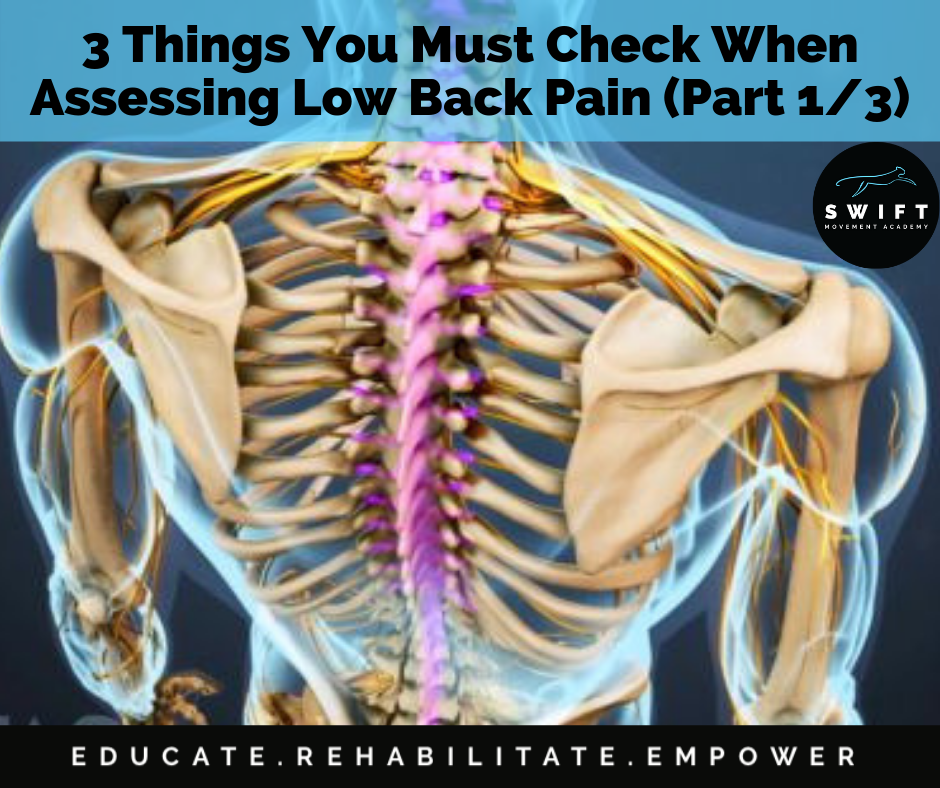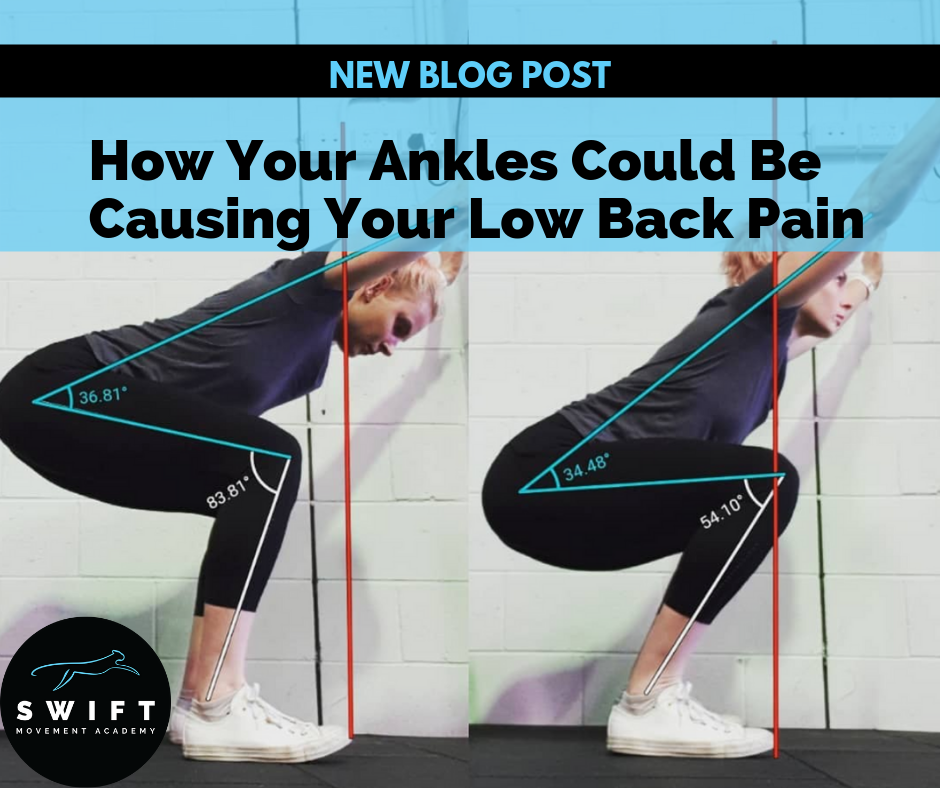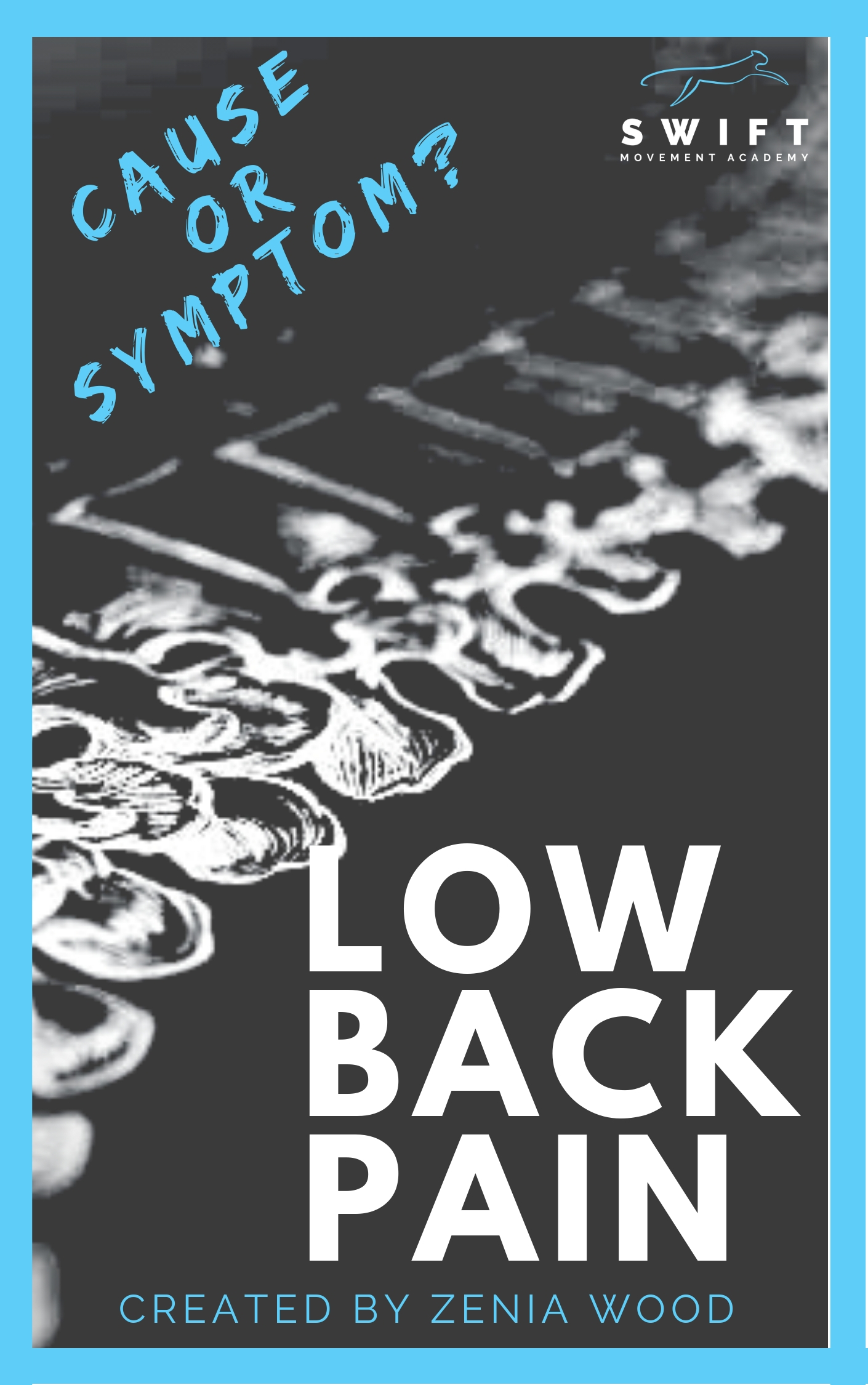
As a society, we’ve been ingrained to believe that this technique is good and that technique is bad. Honestly, it’s our fault. Putting up posts with “good” vs “bad” on them and click bait titles may get you short term likes and reinforce that this is what people want to see but is it really helping them to understand? And can we even say with certainty that one technique is better than another?
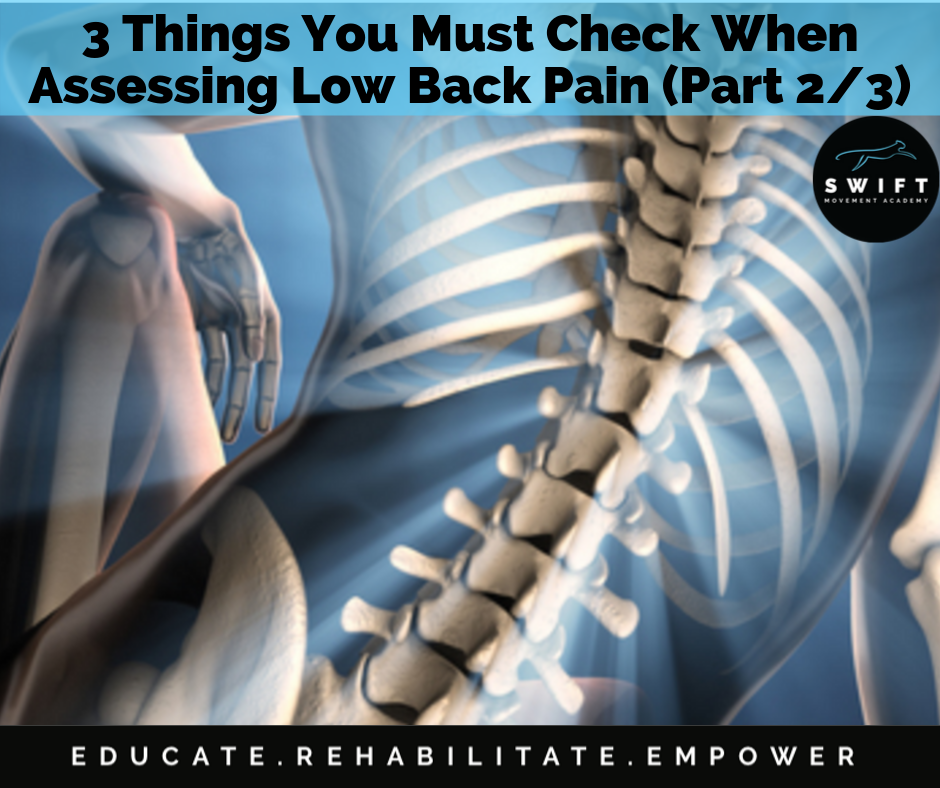
Part 2: Hip Stability
Navigating stability can be tricky, particularly when it comes to assessments. While stability is characteristically a subjective measure, we need to be able to somewhat objectively identify instability. Note that with any stability measure, there should always be elements of objective (quantitative) and subjective (qualitative) data available. Both need to be considered.
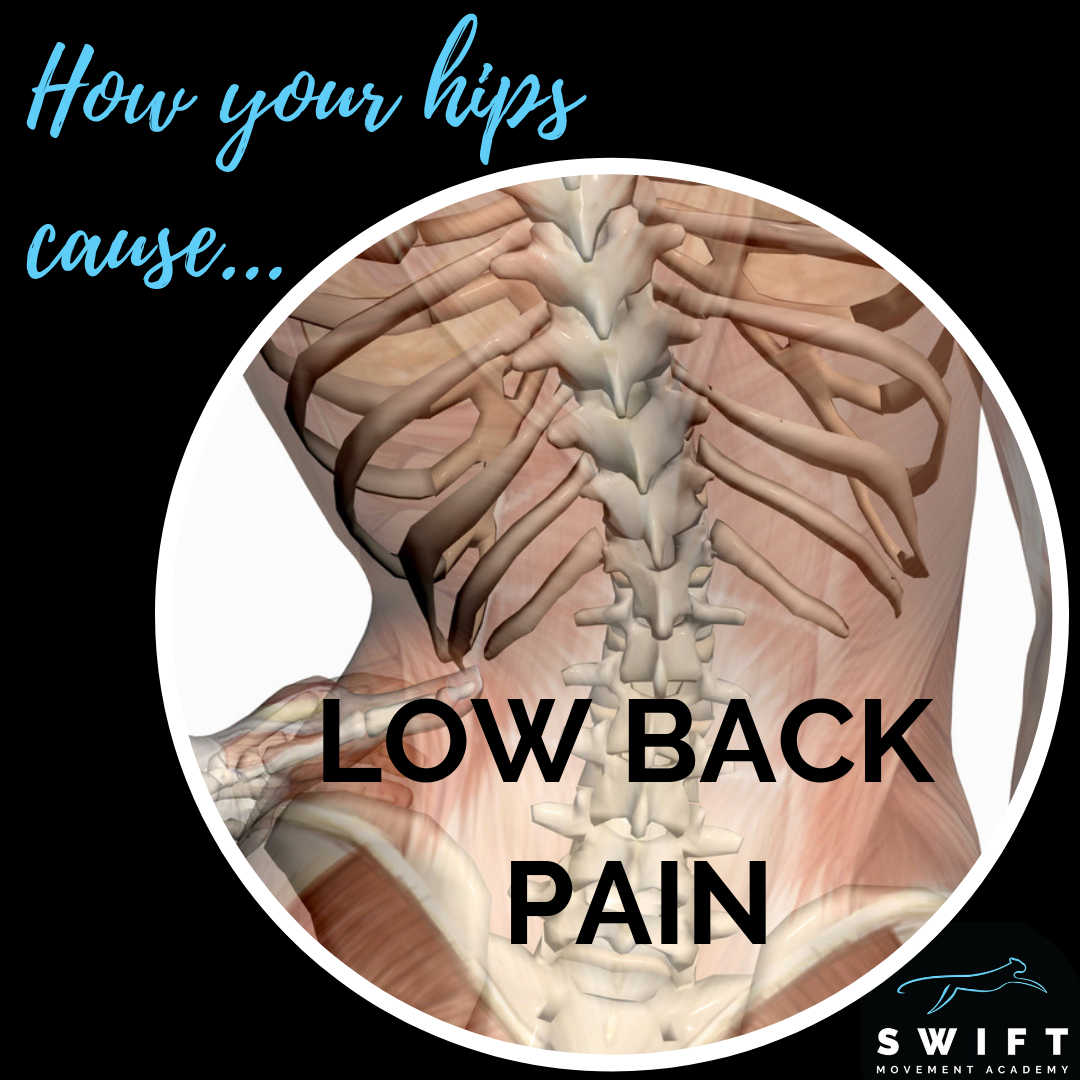
Shakira got it wrong. Hips do lie. They are a pain in the butt… or more accurately, the lower back. So here is your quick anatomy lesson (Hey, you gotta learn something new every day right?).
The hips (pelvis) and lumbar spine are major attachment sites for dozens of muscles and other soft-tissue structures. Let’s delve into what they do and how they’re impacting on your lower back pain…



